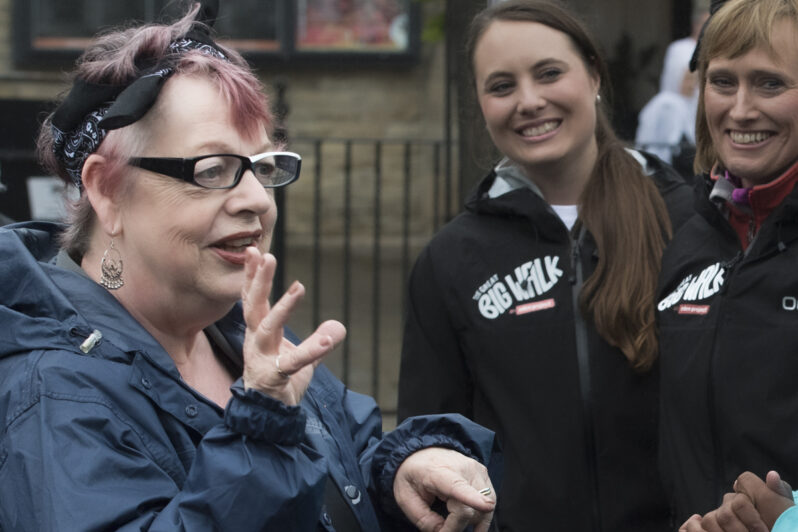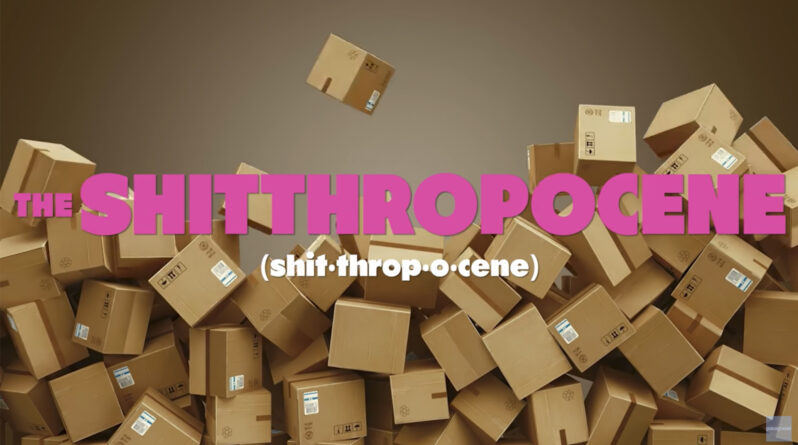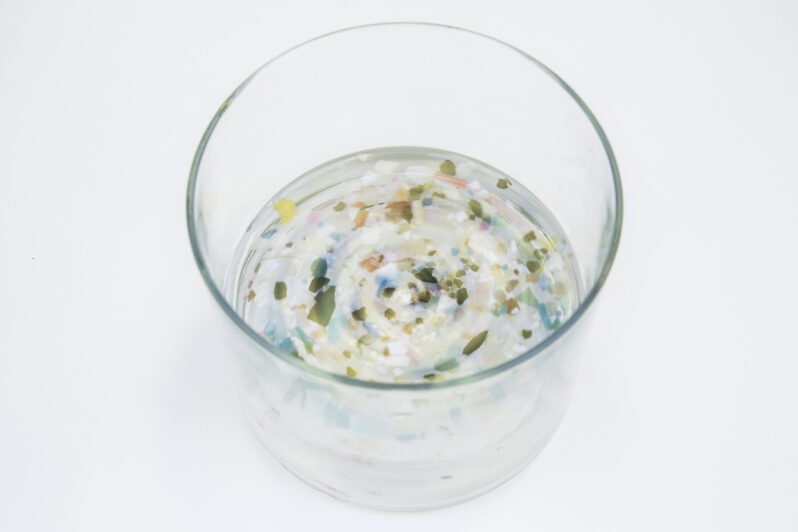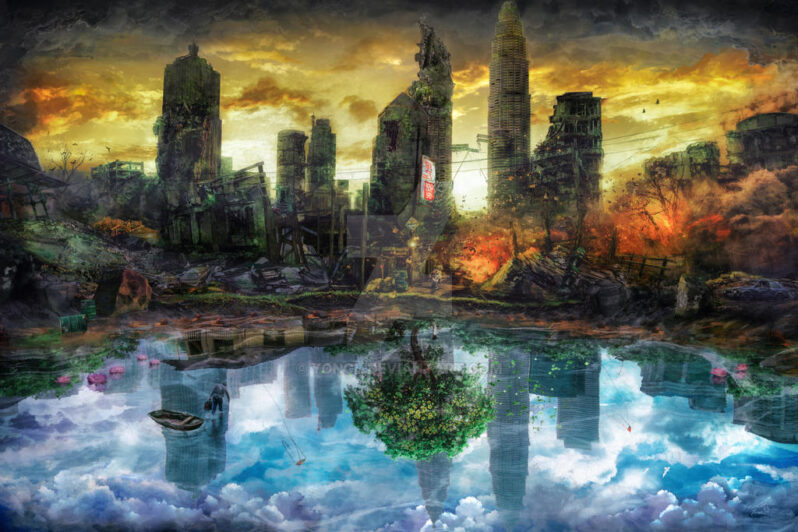Jo Brand translated my science. I’m certain that comedy can connect people to climate change – the Conversation

Comedian Jo Brand helps Professor Mark Maslin spell out the actual risks of climate change, pulling zero punches, and using highly unscientific language throughout…
Will Shoppers Ever Care About the Destruction of the Planet? – the New York Times

Tactics to convince people to buy less aren’t working. A quirky new documentary by Patagonia takes a different approach…
Microplastics Are a Big Problem, a New Film Warns – New York Times

At SXSW, a documentary traces the arc of plastics in our lives, and highlights evolving research of the potential harm of its presence in our bodies…
This trio hopes ‘Won’t Give Up’ will become an anthem for the climate movement – NPR

Performers Pattie Gonia and Quinn Christopherson teamed up with cellist Yo-Yo Ma to spread a message of hope and joy.
The “Vanité” Series by 1011

“A humble flower is the labor of centuries.” – William Blake from the Artist’s Statement:“The title (of this collection): “Vanité” refers to the pride of Men who, like Icarus, think they can conquer nature through technological omnipotence industrialization, while in truth, only offer death…” Tulip at +2.1ºC in the “Vanité” series by 1011 (colored pencils and […]
Talking about climate change can be awkward. Just ask Tim Robinson – Grist Magazine

Does cringe comedy have anything to teach climate scientists?
Imagine 2200: Climate Fiction – Grist Magazine

Grist’s Imagine 2200: Climate Fiction for Future Ancestors short story contest celebrates stories that offer vivid, hope-filled, diverse visions of climate progress. From 1,000 submissions, our reviewers and judges selected the three winners and nine finalists you will discover in this collection. These stories are not afraid to explore the challenges ahead, but offer hope that we can work together to build a more sustainable and just world….
How to Crochet a Coral Reef – and Why – Scientific American

In 2005, Los Angeles-based twin sisters, Margaret and Christine Wertheim tried a different approach to communications by starting the Crochet Coral Reef project. The idea was born from their love of the Great Barrier Reef, their oceanic neighbor, and their appreciation for handiwork and the community it can create, simply by participation…
Coral, Crochet and Hyperbolic Geometry . . .

The long-running project, sometimes described as the environmental version of the AIDS quilt, thrives on convoluted math and a sea of volunteers….To date, nearly 25,000 crocheters (“reefers”) have created a worldwide archipelago of more than 50 reefs — both a paean to and a plea for these ecosystems, rainforests of the sea, which are threatened by climate change. The project also explores mathematical themes, since many living reef organisms biologically approximate the quirky curvature of hyperbolic geometry…
